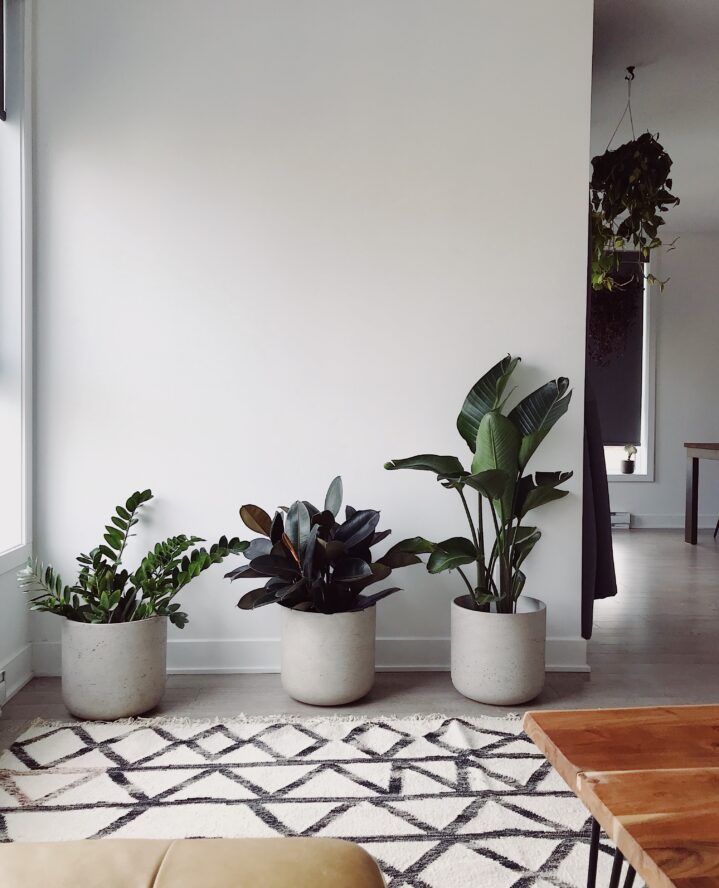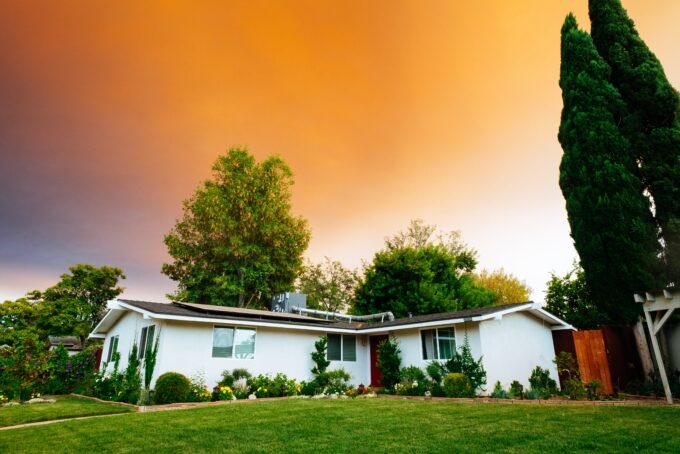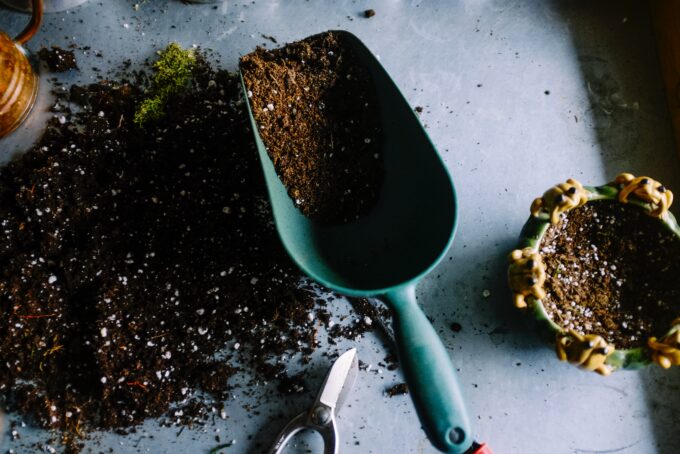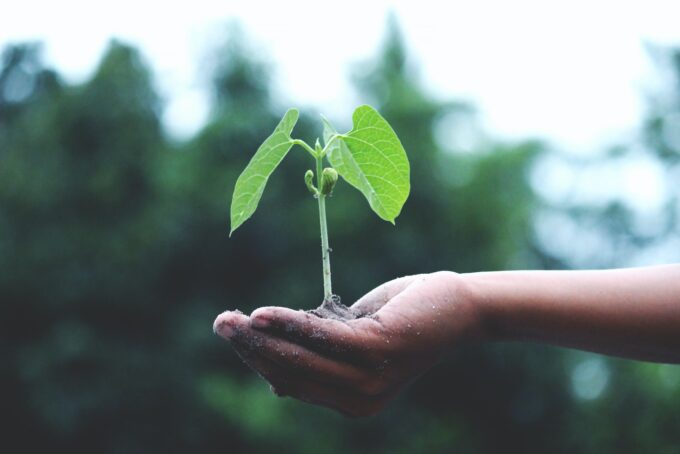If you’re a beginner gardener, you might be thinking to yourself, “Why do I need to learn how to water plants?” It may seem like an easy thing to do, but believe it or not, there is a right and wrong way to give your plant babies the water they need to thrive. Learning how to water your plants is essential to being able to keep them alive. Not watering them enough can cause them to dry out and wilt away, and on the other hand, overwatering them can encourage pests and kill them.
Depending on what plants you have in your home, it’s important to understand what your plants’ needs are. Here are a few tips you can add to your plant arsenal if you want your plants to live longer.
How To Water Your Plants the Right Way
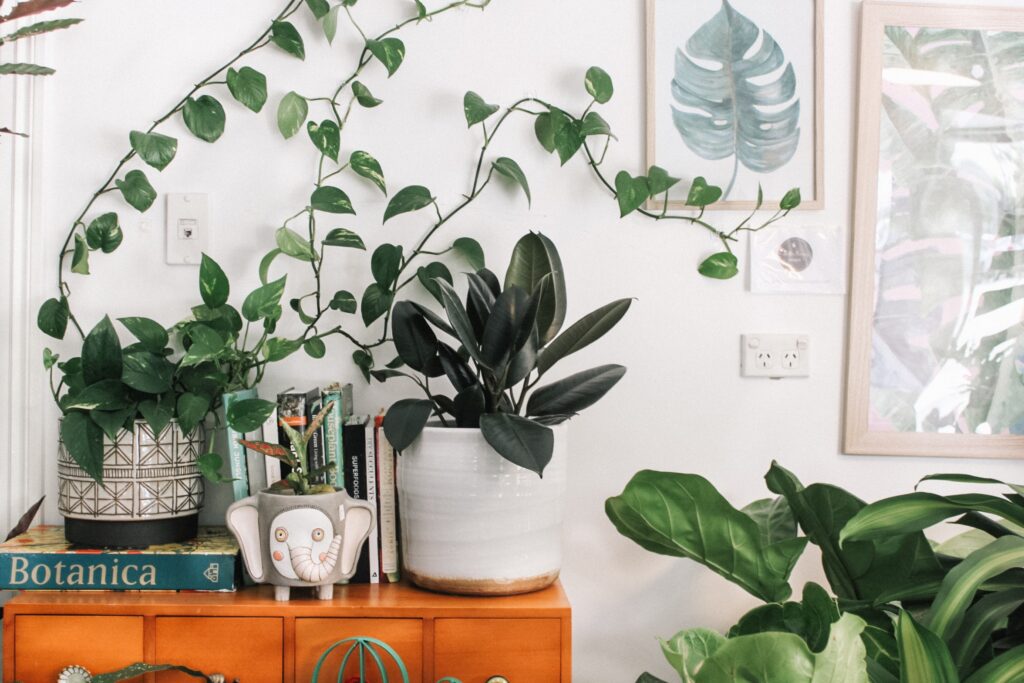
Check Those Roots
First, you want to ensure that the roots are getting enough water. Sometimes plants can be deceptive. You may think your plant is getting enough water because you see the flowers and leaves are wet, but the roots and soil at the bottom can still be dry. No matter how big or small the plant is, the roots are usually twice or even three times as big and they need water, too. Gently remove your plant from its pot and examine the roots for any signs of dehydration.
Always Check the Soil Before Watering
A lot of novice plant parents don’t always check the soil before watering. Soil moisture levels can vary greatly depending on factors such as plant type, environmental conditions, and potting mix. By gently inserting your finger about an inch into the soil, you can assess its moisture content.
If it feels dry at that depth, it’s a clear sign that your plant is thirsty and in need of hydration. On the other hand, if the soil feels damp or moist, it’s best to hold off on watering to avoid over-saturation, which can lead to root rot and other negative effects. Checking the soil will help you determine if your plant needs to quench its thirst or not.
Take Your Time
You should water your plants at a slow pace, early in the morning. Don’t just pour water into your pot all at once. Pour slowly and use a little water at a time. Rushing through the watering process may lead to inadequate hydration or even water wastage.
Slowly pour water at the base of each plant, allowing it to soak deeply into the soil. Taking your time ensures that the water reaches the plant’s roots, where it’s needed most. If you haven’t bought a watering pot or wand, it may be a good idea to do so now.
Learn How To Use Mulch
Mulching not only helps to maintain moisture in the soil but also plays a vital role in regulating soil temperature and suppressing weed growth. While not all plants need mulch, it’s good to understand the concept of mulch and how it can help your plants.
Applying a layer of organic mulch, such as wood chips or straw, around the base of your plants creates a protective barrier that minimizes water evaporation, ensuring that the soil retains moisture for longer periods. You can also make your mulch out of shredded tree bark or leaves.
popular posts
- 1It’s Black Business Month, So Let’s Go Shopping and #BuyBlack!
- 2These Home Decor Items Will Instantly Make Your Space Look Outdated
- 3Black-Owned Home Decor Stores To Support Across the United States
- 4A Look Inside Elon Musk's Tiny $50,000 House
- 57 Black and Multicultural Designers To Follow For Design Inspo
Spaces
Whether it’s luxury or ease, every area of your home should be as fabulous and unique as you.
FOLLOW ALONG ON INSTAGRAM
#homeandtexture
Find us on social for more home inspiration where culture, personal style, and sophisticated shopping intersect to help you create a home where you love to live.
